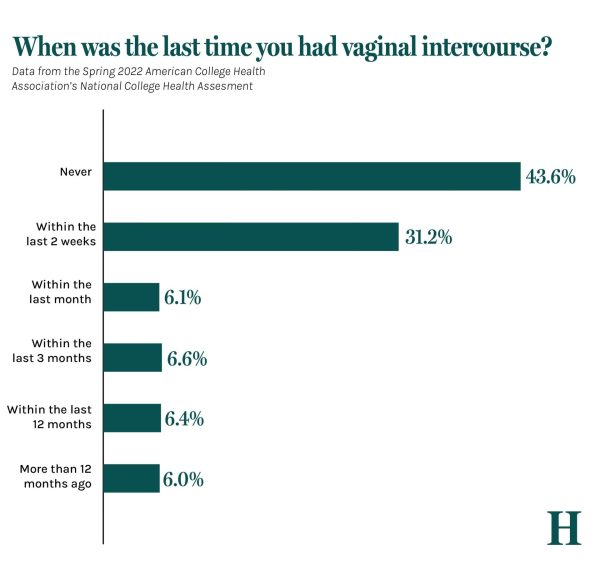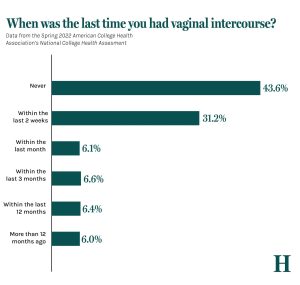Tulane scientists discover morphine alternative
March 2, 2016
Tulane neuroscience researchers published a study on a potentially less addictive alternative to opiate painkillers after extensive study of a new compound in rats.
The project found the new compound reduces or eliminates some of the serious side effects of traditional opiates like morphine: respiratory depression, addiction, tolerance and coordination problems. At the same time, Dr. James Zadina, lead researcher on the project, said his drug provides similar pain relief to morphine.
“The hope is somebody won’t have to risk addiction or just have to live with pain,” Zadina said.
The uniquely engineered structure of this new drug makes it much less addictive and gives it fewer adverse effects.
Zadina said they are already planning human trials and are preparing the application to the Food and Drug Administration. He said they hoped they could translate their results into better pain medications quickly. Mark Nilges, who worked with Zadina, agreed.
“As a scientist, I have to say I’m cautiously optimistic,” Nilges said.
In 1997, Zadina isolated a set of specific peptides, essentially a small protein, from the brain. Two of these peptides seemed effective at binding to pain relief centers in the brain, so Zadina began adjusting their structure to try and take advantage of their pain relief capabilities. This was an exhaustive process that took many different variations of the drug.
About five years ago, Zadina found a compound that could potentially work and began testing it in rats. He found that, in two different tests, the drug had an overall low abuse likelihood.
Additionally, the rats did not develop a tolerance to the new drug.
According to Zadina, part of the reason patients develop a tolerance for opiates is that the continuous presence of a foreign substance over-activates certain cells in the brain called glial cells. This new drug is not clearly foreign to the body and does not activate the glial cells, and Zadina believes this may be one of the reasons the rats did not develop a tolerance.
School of Social Work professor Richard Ager said that increasing tolerance is a major factor in opiate and opioid overdoses. Because the threshold for overdose is relatively low, as patients or abusers need more and more of the drug to attain the same effect, overdose rates rise. He said that less tolerance is a critical factor in reducing this, as patients would not have to increase their dosage to attain the same pain relief.
Ager said this is of particular concern for people in chronic pain, who come from varying socioeconomic backgrounds and are at the highest risk of developing an addiction.
Chronic pain patients are widespread in the United States. The U.S. uses about 80 percent of the world’s total supply of opioids, 80 percent of its oxycodone, sold as Oxycontin or Percocet, and nearly 100 percent of its hydrocodone, sold as Vicodin.























Leave a Comment